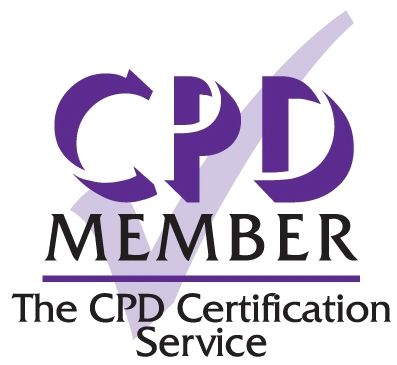1 September 2017
|
Odunayo M Kalejaiye, Philippa Sangster, David J Ralph
|
URO - Andrology
Peyronie’s disease (PD) describes an acquired disease of the penis, which is characterised by a number of signs and symptoms. These include penile pain, curvature, palpable plaques, wasting or narrowing of the penile shaft, a hinge deformity and potentially catastrophic...

